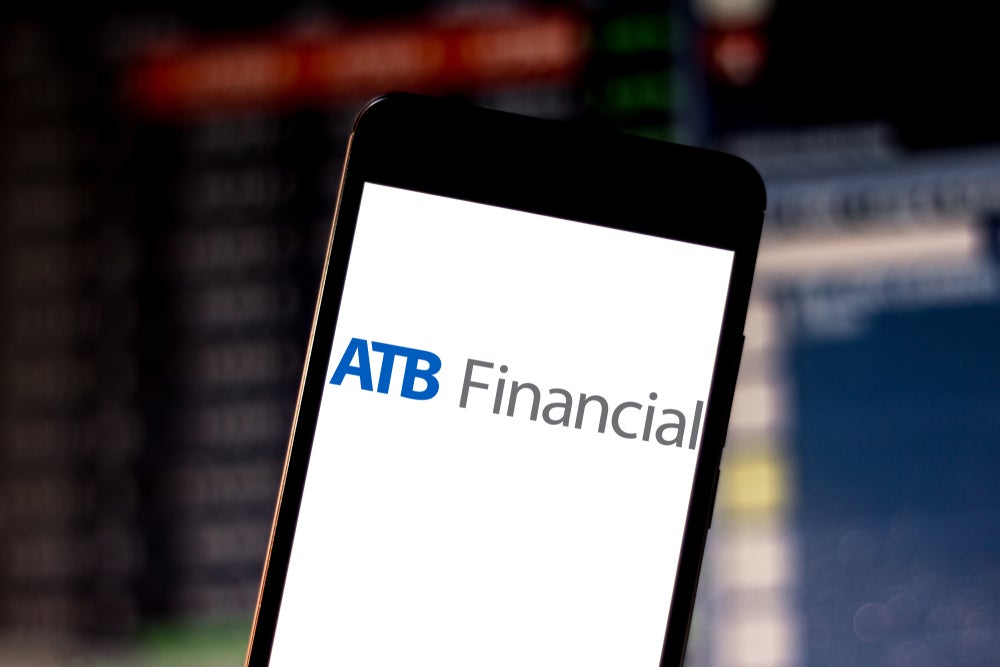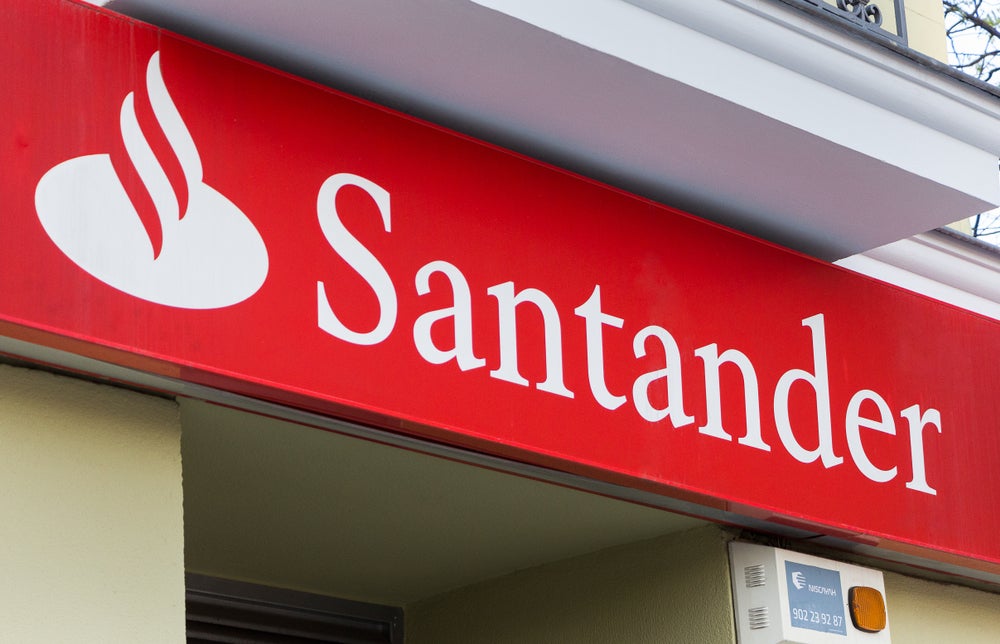The Future of Digital Channels panel discussion, hosted by
Finacle from Infosys in association with Retail Banker Interactive,
saw four speakers talk at length about the opportunities and
challenges offered by digital platforms and predict some ways in
which banks, telcos, retailers, and above all, consumers, can
potentially benefit from them. Meghna Mukerjee
listens in
Finacle from Infosys, in association with
Retail Banker Interactive, hosted a panel discussion on 7 June,
focusing on the Future of Digital Channels (FDC).
The panellists for the discussion were Haragopal M, senior vice
president and global head, Finacle, Roy Ross, director of business
banking Africa, personal and business banking, Standard Bank, Samee
Zafer, director of Edgar Dunn, and James Ratcliff, editor of
Electronic Payments International.
The FDC panel saw the four speakers discuss at
length the current trends in digital channels and share key
insights in to which way digitisation is moving, alongside the
implications it is likely to have in the future.
The panel discussion was chaired by Douglas
Blakey, editor of Retail Banker International.
How well do you really know your competitors?
Access the most comprehensive Company Profiles on the market, powered by GlobalData. Save hours of research. Gain competitive edge.

Thank you!
Your download email will arrive shortly
Not ready to buy yet? Download a free sample
We are confident about the unique quality of our Company Profiles. However, we want you to make the most beneficial decision for your business, so we offer a free sample that you can download by submitting the below form
By GlobalDataStarting off the discussion, Blakey
said:
“More than ever there is scope for banks to
use the digital channels as a differentiator and I hope today we
can discuss some of the opportunities and challenges that are
offered by the digital channels and predict some of the ways in
which the various stakeholders can potentially benefit.”
Blakey spoke about the relevance of
digitisation and flagged up the question ‘Who are the consumers of
Digitisation’?
Haragopal was asked about ‘what type of
channels are relevant to the digitisation concept?’, and he replied
that while approximately a third of the population is online,
financial services still do not have the same kind of penetration
beyond cash and cards, thus mobile as well as online channels “have
tremendous scope for strengthening”.
As Blakey questioned whether the scope for
digital channels is the same across developed as well as emerging
markets, Haragopal said:
“The need for digitisation
could be varied. It’s the cost element in developed markets and non
availability of channels like the branch for emerging markets. But
the need for digitisation doesn’t go away in terms of convenience,
speed, as well as security of transactions.”
Haragopal further added: “If you look
globally, about half of the adult population comes to the bank.
They do not have access to internet services.”
Haragopal used India as an example where
approximately 6% of the villages have some presence of the bank
branch but digital channel could be “a blessing for the unbanked”
to be brought into financial inclusion.
 “Globally
“Globally
there is a massive amount of money that is not coming into the
system. Most of it is the small ticket savings, which is lying
around in pockets. Even a fraction of it coming into the system
will bring down the cost of capital and the ability to service
micro loans well, which in turn will enhance economic activity and
development,” explained Haragopal.
Blakey mentioned that there is further scope
for the use of digital channels now as most people have a mobile
phone.
“I guess in India one of the advantages or
disadvantages is the lack of infrastructure for regular landlines,
which propels the usage of mobile phones. I think mobile as a
channel is already available to almost 80%-85% of the population,”
said Haragopal.
The “mobile revolution” has been prolific for
Standard Bank as well, according to Ross. Standard Bank’s
multichannel strategy in Africa and its use of agency services has
resulted in generating a high revenue stream in a short space of
time, alongside boosting loyalty with the existing customer
base.
Ross stressed it took the lender 148 years to
grow its 450 physical branches, whereas its 10,000 agency banking
units have grown in only a couple of years, owing to mobile
channels.
“We have signed up agencies in the typical
ways and signed up small businesses – we have taken to small shops
and corner cafes and signed them up as agents.
“It is very much empowered by digital
technology – what we are able to do here is literally open an
account on a street payment in 10 minutes, where the person has
documents, goes through the process of validation that happens
online and funds legislation that follows. And 10-15 minutes later
the person is able to transact – the account is enabled on the
mobile phone.
“This has opened up a brand new channel to us
that focuses on the emergence of our digital technologies in to our
core capabilities and it has given us access to a new customer
base,” added Ross.
Ross further explained, “In South Africa we
are considered one of the Big Four banks. The two parts of our
business is serving the South African market and fighting for the
same market share. Then there is our business outside South Africa,
which is in 16 countries across the continent. The two approaches
are quite different.
“In recent years the political influence has
been such that banks have had to stress particularly on financial
inclusion. The challenge ahead for the industry is ‘how do we
include the vast majority?’ I think we are getting used to the
opportunities that digital channels have brought to us and we are
going further and beyond.”
To summarise some of the lessons Standard Bank
has learnt from its operations in the 16 countries outside of South
Africa, Ross said:
“If you look at Nigeria – our biggest market
outside South Africa – a vast majority of that population is
unbanked. The competition is rough. If we were to become reasonably
competitive in Nigeria we have to start matching some of the larger
banks and make them want to match us. I don’t think it can come
through traditional channels.”
The partnership Standard Bank has forged with
Infosys, with a core banking replacement taking place across Africa
– Nigeria being the first country where Finacle was adopted as the
core banking system – will enable the lender to move forward, said
Ross.
“The big thing about partnering with Finacle
is the digital commerce capability. Undoubtedly a key driver is
forging partnerships across the industry,” added Ross.
As Blakey asked what the digital implications
are for the branch channel going forward, Ross said:
“I think for the immediate future, the branch
is still a channel for customer acquisition. Also, cash is not
going to disappear that soon – 99% of the economy still has cash
dominance and branches play a pivotal role in that. I can see in
five to 10 years other channels developing, but they will have to
be complementary to the branch.”
When it comes to payments, however, it is not
only banks – telcos and retailers are also venturing into the
space. Zafer said it is “interesting” to see the strategy telcos
are adopting and it is “the tale of two worlds – the developed
world the emerging worlds”.
“In the emerging world you will see one or
perhaps two large telcos partnering with a bank but keeping the
front-end relationship with the customer. The best example is
M-Pesa,” explained Zafer.
In the developed markets, telcos are focusing
on mobile wallets, in proximity with each other, according to
Zafer. “Basically telcos are forming consortiums to tackle the
physical rather than the person side of things.
“Banks are in a really good position in many
markets too because they own the primary payment infrastructures.
What banks really have to worry about is new players coming in and
creating a new payment system.”
Ratcliff said what interests him is people
wanting to know who owns the consumer, when in reality everybody
has a relationship with that consumer and nobody really can have an
exclusive relationship.
“Whether that’s P2P payments or a real bricks
and mortar payments solution run off a mobile platform – it needs
everybody to be running in the same direction. Otherwise it just
won’t get scale to take off. I guess that’s why there are so many
experiments to try and find critical mass in that area,” said
Ratcliff.
According to Ratcliff, the one group of people
who potentially already have critical mass is card owners, but they
“don’t really have the direct relationship with the consumers”.
“Telcos have incredibly good relationships
with their customers, certainly in emerging markets, and they have
very wide reach. A telco can’t take deposits and lend money so in
terms of its financial services offerings it is limited unless it’s
working with a bank. There has to be an opportunity for beneficial
partnerships.”
Ross agreed, saying from a banking point of
view, a partnership provides the opportunity to “maximise on the
reach and distribution that telcos offer”.
When asked why telco Airtel has been
successful in India, Haragopal said:
“With a telco like Airtel, the distribution
itself is 1.6m service providers – you can imagine the kind of
reach they have compared to the branch network. Infosys partnered
with Airtel to build and operate its own model – they call it
Airtel Money. It has enabled peer-to-peer transfer, account
–to-account transfer, and more. Clearly there is a need for small
value purchases and payments.”
“We at Infosys take pride in providing the
entire platform and infrastructure towards digital commerce. In the
next stage, Airtel is going to offer this platform to banks, as a
white labelled offering, which allows the entire consumer base of
the bank to have access to this infrastructure. I think that model
is very workable in some markets, to bring best services and prices
to the consumer.”
Haragopal added that if banks don’t modernise
their existing digital channels “someone else will”. “It is a true
multichannel engagement with the customers that banks need to
provide. It is important for banks to give consumers
consistency.”
Despite the positives, when consumer concerns
with security were mentioned, Zafer said it is a perception issue –
not a technology issue – and should not be a stumbling block for
issuing new products.
“Look at credit cards – 40 years ago people
said it’s so risky. You have got to balance security with your
actual business means. It is actually contrary to what people
believe.
“For contactless, it is down to consumer
training and merchant training. Banks are slowly coming around to
understand it is not the technology, it is consumer experience that
is key.”
Ratcliff agreed, saying, it comes back to the
consumer again, because in the UK contactless scenario, the
question is ‘Who is getting value out of using contactless?’ “The
value is for the consumer and I think that will really happen with
the NFC capabilities on the mobile phone.”
According to Haragopal, if not a 100%, a great
amount of currency can be digitalised in the upcoming years.
Ratcliff added that he is interested to see how some very simple,
heavily enforced rules come into playing a role in the future.
Zafer said, “We are familiar with cash and
people use cash and don’t pay taxes on it. I think even if we get
5% of cash migrated to digital means that is a huge number for
digital transactions.”
Ratcliff stressed on how important the role of
the retailer is in this entire scenario.
“Retailers like cash but when e-commerce comes
of age and consumer behaviour goes online, cash has a very limited
role to play,” he said.
To end the FDC panel discussion, Blakey opened
up the speakers to one last question: ‘Are we at the beginning of a
financial revolution or are we at crossroads?’
Haragopal said the way money and commerce is
handled have to change, and “changes we will see”. Zafer said it is
a question of when, and different markets will have different
drivers. “To get consumer and retailers on board, things have to
very intuitive in terms of how we actually use the products,” he
said.
Ross said developed markets will struggle more
as it is more an efficiency play. Ratcliff said the “pace of change
is being driven by the consumer and, in payments, the consumer just
wants the system to work”.
“I think in the developing world things are
moving very quickly and in the developed world I’m not sure if we
are seeing a revolution – if we are, it is a very slow one.”








